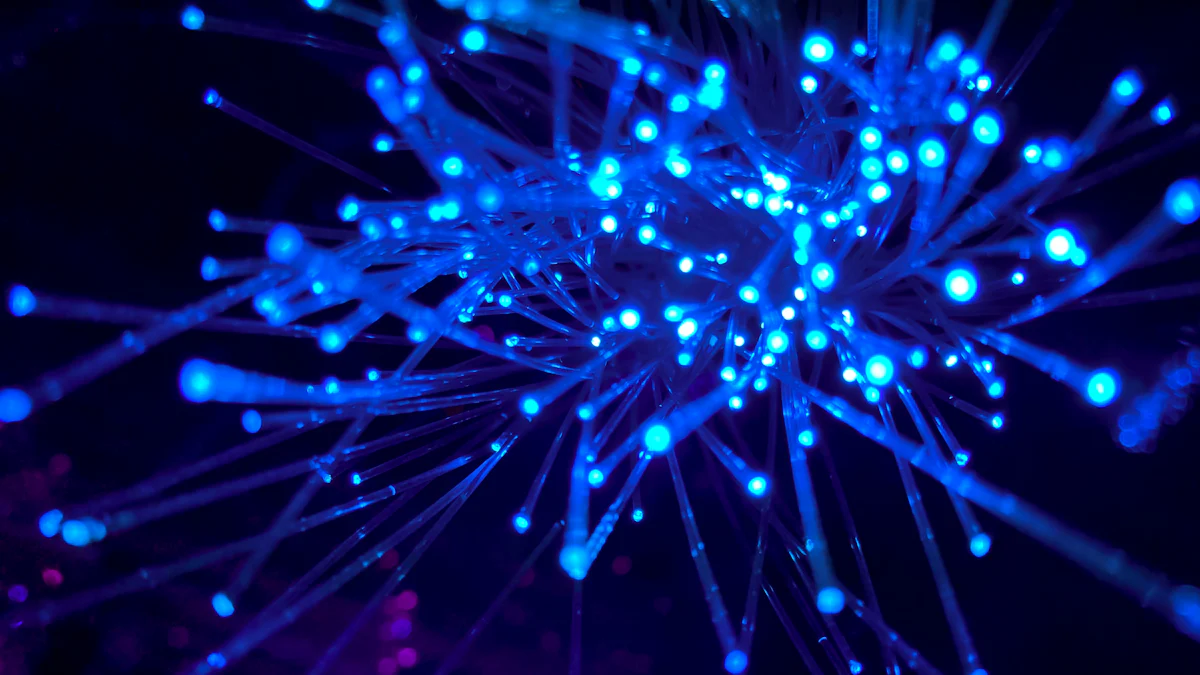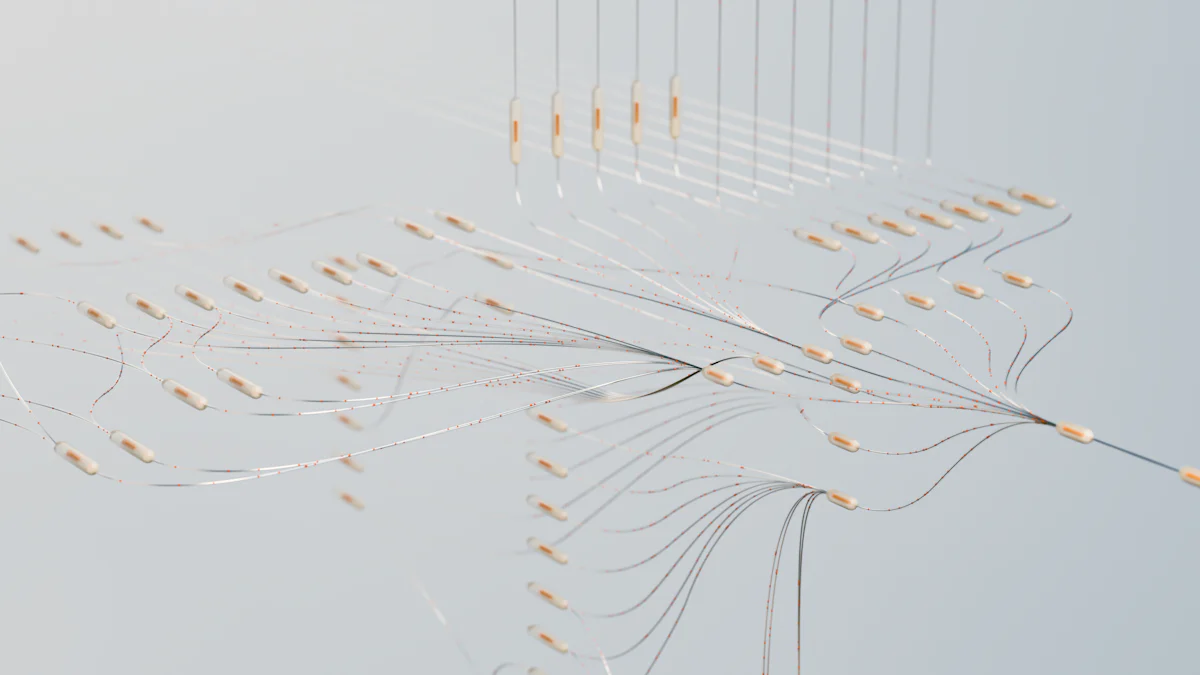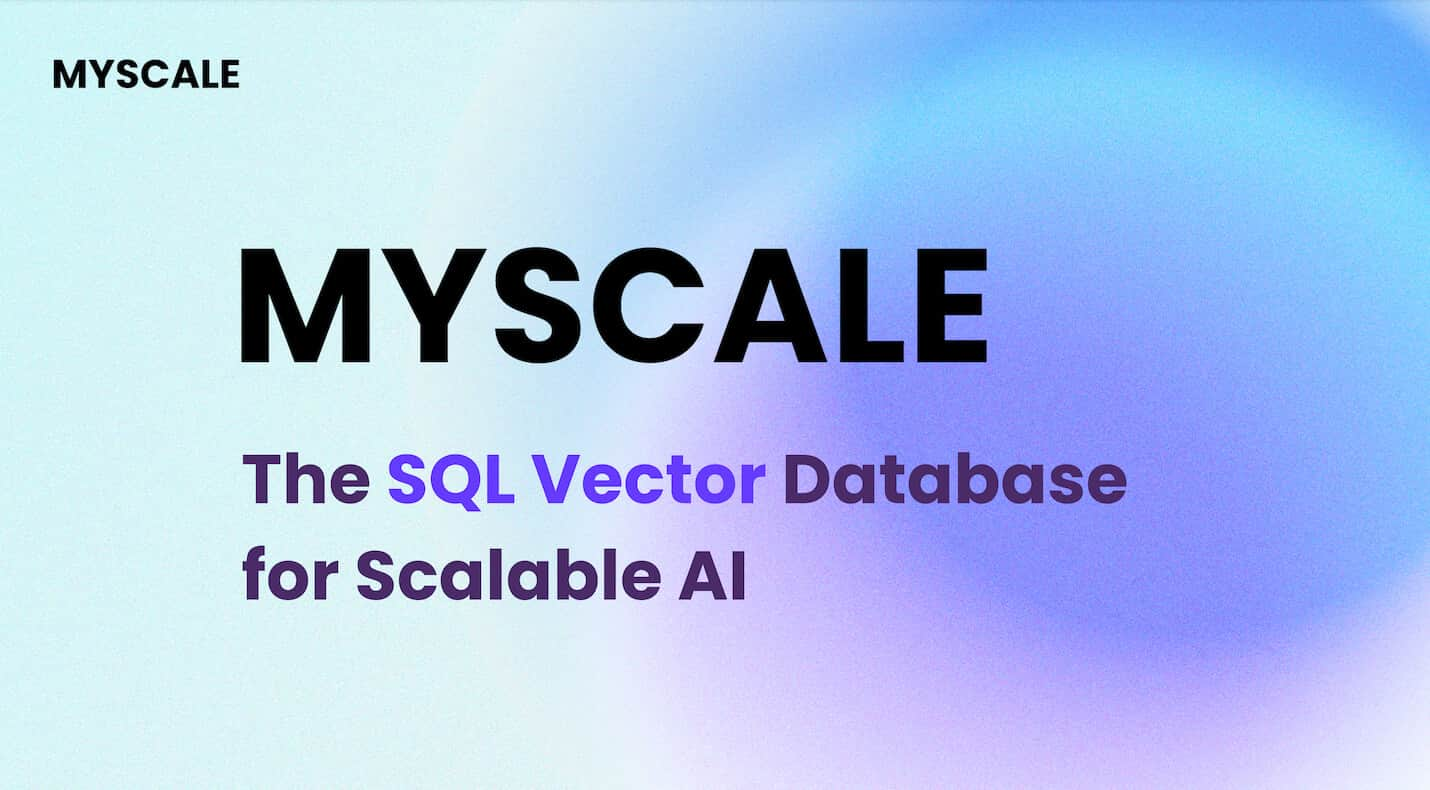
Diffusion models (opens new window) are a cutting-edge development in generative AI (opens new window), showcasing high sample quality (opens new window) and diverse outputs. These models excel at generating images with remarkable fidelity by manipulating noise patterns. Staying informed about these advancements is crucial for professionals seeking to leverage the latest in AI technology. Embracing the potential of diffusion models can revolutionize various industries (opens new window) and creative fields.
# Overview of Diffusion Models
Diffusion models represent a significant advancement in the field of generative AI, offering unparalleled image quality and interpretability. These models operate by iteratively refining noise patterns to generate images with remarkable fidelity. Compared to traditional generative models, diffusion models excel in producing high-quality images, showcasing an interpretable latent space (opens new window), and demonstrating robustness against overfitting.
When comparing diffusion models with GANs (opens new window), it becomes evident that diffusion models exhibit greater stability and diversity (opens new window) in imagery. Unlike GANs, which are prone to mode collapse, diffusion models maintain stability throughout the training process, resulting in a more diverse range of generated images.
In practice, diffusion models have proven their efficacy in various applications such as denoising and sharpening images. By leveraging the inherent properties of diffusion processes, these models can effectively manipulate facial expressions and enhance image quality.
Embracing the potential of cascaded diffusion models, professionals can unlock new possibilities in image generation and creative endeavors. The cascaded approach allows for a more refined and detailed generation process, leading to unprecedented levels of realism and creativity.
# Key Diffusion Models
# Imagen (opens new window)
Imagen stands out as a groundbreaking text-to-image diffusion model renowned for its exceptional photorealism and profound language understanding capabilities. This model has garnered significant attention for its ability to generate high-quality images that surpass the expectations of human raters. Leveraging the power of diffusion models, Imagen showcases a level of sophistication in interpreting textual prompts and translating them into visually stunning creations.
# Overview
Imagen operates on the principle of progressively refining noise patterns to create realistic images.
The model's architecture enables it to capture intricate details and nuances, resulting in visually striking outputs.
Through controlled chaos (opens new window), Imagen transforms textual descriptions into vivid visual representations with remarkable fidelity.
# Research Highlights
Research has demonstrated that human raters find Imagen samples to be exceptionally realistic and indistinguishable from actual photographs.
The model's capacity to understand complex textual inputs sets it apart from traditional generative models, showcasing a new frontier in AI-driven image generation.
By integrating advanced language models, such as Imagen, into creative workflows, professionals can unlock unprecedented levels of creativity and realism.
# Level of Language Understanding
The integration of large language models enhances Imagen's ability to interpret diverse linguistic structures and generate corresponding images effectively.
Human raters find Imagen samples to be remarkably faithful to the input text, highlighting the model's proficiency in capturing the essence of textual descriptions.
As language models continue to evolve, the synergy between text and image generation facilitated by models like Imagen paves the way for innovative applications across various industries.
# Stable Diffusion (opens new window)
With its robust architecture and advanced capabilities, Stable Diffusion emerges as a prominent player in the realm of latent text-to-image generation. This model harnesses the principles of diffusion processes to produce photo-realistic images based on textual prompts. By leveraging controlled chaos and iterative refinement techniques, Stable Diffusion excels at generating high-quality visuals that align closely with user expectations.
# Overview
At its core, Stable Diffusion relies on progressive noise refinement (opens new window) to transform textual inputs into visually coherent images.
The model's stability throughout the training process ensures consistent output quality and fidelity to the original prompts.
By simulating natural diffusion mechanisms, Stable Diffusion achieves a balance between creativity and realism in image generation tasks.
# Capabilities
Stable Diffusion demonstrates a remarkable capacity for generating diverse visual outputs that cater to a wide range of creative needs.
Through precise control over noise patterns and iterative adjustments, the model can adapt seamlessly to varying input conditions.
The seamless integration of text-based cues into image generation sets Stable Diffusion apart as a versatile tool for artists, designers, and content creators alike.
# Other Notable Models
# DALL-E (opens new window)
Innovative in its approach, DALL-E redefines the boundaries of generative AI by enabling users to create imaginative visuals from textual descriptions. This model transcends traditional image generation techniques by incorporating linguistic context into every aspect of its output. With an emphasis on creativity and versatility, DALL-E empowers users to explore new frontiers in visual expression through seamless interactions between text and imagery.
# Midjourney (opens new window)
Embracing reverse time dynamics, Midjourney offers a unique perspective on image generation by leveraging temporal sequences to produce captivating visuals. This innovative approach allows users to witness the evolution of images from inception to completion through a novel time-reversal mechanism. By intertwining temporal dynamics with generative AI principles, Midjourney opens doors to unparalleled creativity and storytelling possibilities within the realm of digital artistry.
# Applications and Future Prospects
# Current Applications
Art and Creativity
Diffusion models have revolutionized the creative landscape by enabling artists to explore new realms of imagination.
By leveraging the intricate interplay between noise patterns and image generation, artists can craft visually stunning masterpieces that push the boundaries of traditional art forms.
The fusion of text-to-image alignment in diffusion models unlocks a realm of possibilities where textual prompts seamlessly translate into captivating visuals.
Through the lens of artistic expression, diffusion models offer a canvas for boundless creativity, allowing creators to manifest their visions with unparalleled precision.
Real-World Use Cases
In real-world scenarios, diffusion models play a pivotal role in shaping urban development strategies and infrastructure planning.
The study of the spread of urban developments using diffusion models locally facilitates informed decisions about public infrastructure and urban growth management.
By analyzing data trends and spatial dynamics, policymakers can harness the power of diffusion models, ensuring sustainable urban growth and efficient resource allocation.
The impact of diffusion models on generative AI transcends theoretical frameworks, translating into tangible outcomes that drive innovation across diverse sectors.
# Future Developments
Potential Advancements
The evolution of diffusion models work is poised to redefine the landscape of generative AI, offering enhanced capabilities for image generation and data synthesis.
As researchers delve deeper into the intricacies of diffusion processes, novel techniques for conditioning the stable diffusion library are expected to emerge.
Customized Stable Diffusion models, tailored to specific data conditions, hold promise for addressing complex challenges in image synthesis and content creation.
Overcoming Limitations
Addressing scalability concerns in large-scale deployment remains a key focus area for advancing diffusion model applications across industries.
Enhancing text-to-image alignment accuracy through refined conditioning mechanisms will bolster the robustness and adaptability of future diffusion model iterations.
Collaborative efforts to streamline data processing pipelines and optimize computational efficiency are essential steps towards overcoming existing limitations in diffusion model performance.
# Why You Should Care
Impact on Industries
"The integration of cutting-edge technologies like diffusion models into industry workflows catalyzes innovation and drives competitive advantage." - Industry Expert
Across diverse sectors ranging from healthcare to entertainment, the adoption of diffusion models locally is reshaping operational paradigms and unlocking new avenues for growth.
By harnessing the power of generative AI fueled by advanced text-to-image alignment techniques, industries can streamline production processes, enhance product design cycles, and deliver personalized experiences at scale.
Personal and Professional Relevance
"Embracing emerging technologies such as diffusion models empowers individuals to unleash their creative potential and pioneer transformative solutions." - Technology Enthusiast
For individuals seeking to stay at the forefront of technological advancements, understanding the nuances of diffusion models work is paramount.
From aspiring artists exploring novel mediums to seasoned professionals navigating complex data landscapes, embracing diffusion model methodologies offers a gateway to innovation and continuous learning.
Diffusion models redefine machine learning boundaries by incorporating noise to learn intricately (opens new window) from data.
Their remarkable capabilities extend to creating high-fidelity images, videos, and sounds (opens new window) through noise manipulation.
These models epitomize AI innovation, pushing machines to new creative heights.



